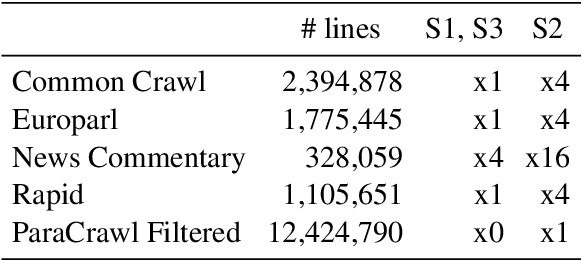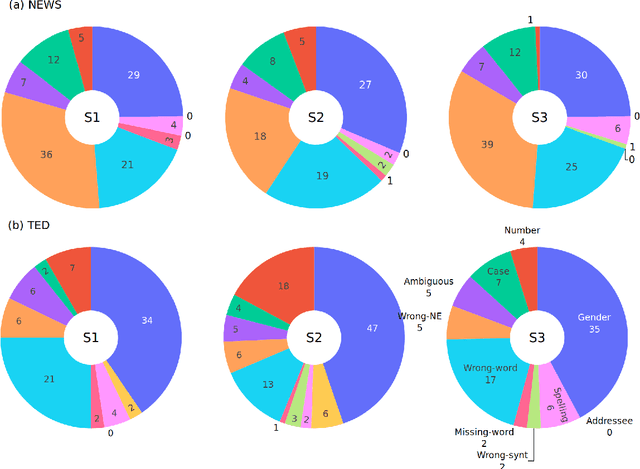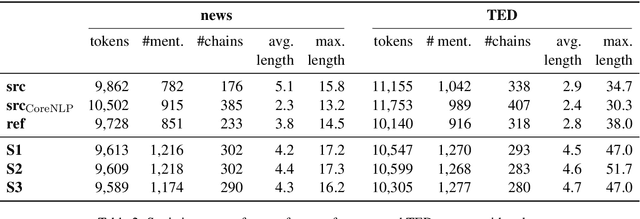Ekaterina Lapshinova-Koltunski
Using ChatGPT as a CAT tool in Easy Language translation
Aug 22, 2023Abstract:This study sets out to investigate the feasibility of using ChatGPT to translate citizen-oriented administrative texts into German Easy Language, a simplified, controlled language variety that is adapted to the needs of people with reading impairments. We use ChatGPT to translate selected texts from websites of German public authorities using two strategies, i.e. linguistic and holistic. We analyse the quality of the generated texts based on different criteria, such as correctness, readability, and syntactic complexity. The results indicated that the generated texts are easier than the standard texts, but that they still do not fully meet the established Easy Language standards. Additionally, the content is not always rendered correctly.
Pragmatic information in translation: a corpus-based study of tense and mood in English and German
Jul 10, 2020



Abstract:Grammatical tense and mood are important linguistic phenomena to consider in natural language processing (NLP) research. We consider the correspondence between English and German tense and mood in translation. Human translators do not find this correspondence easy, and as we will show through careful analysis, there are no simplistic ways to map tense and mood from one language to another. Our observations about the challenges of human translation of tense and mood have important implications for multilingual NLP. Of particular importance is the challenge of modeling tense and mood in rule-based, phrase-based statistical and neural machine translation.
Analysing Coreference in Transformer Outputs
Nov 04, 2019



Abstract:We analyse coreference phenomena in three neural machine translation systems trained with different data settings with or without access to explicit intra- and cross-sentential anaphoric information. We compare system performance on two different genres: news and TED talks. To do this, we manually annotate (the possibly incorrect) coreference chains in the MT outputs and evaluate the coreference chain translations. We define an error typology that aims to go further than pronoun translation adequacy and includes types such as incorrect word selection or missing words. The features of coreference chains in automatic translations are also compared to those of the source texts and human translations. The analysis shows stronger potential translationese effects in machine translated outputs than in human translations.
* 12 pages, 1 figure
 Add to Chrome
Add to Chrome Add to Firefox
Add to Firefox Add to Edge
Add to Edge